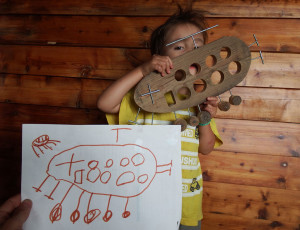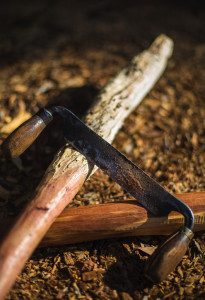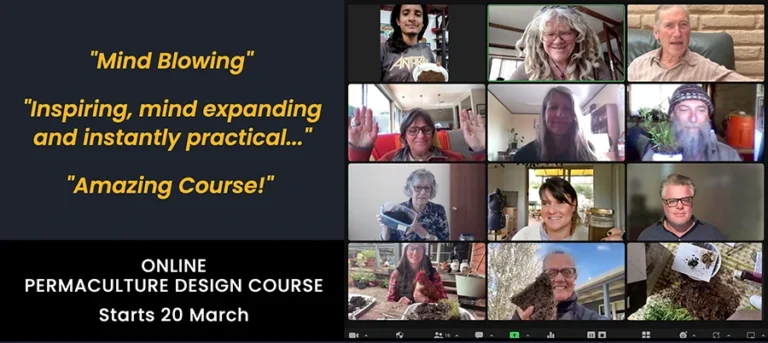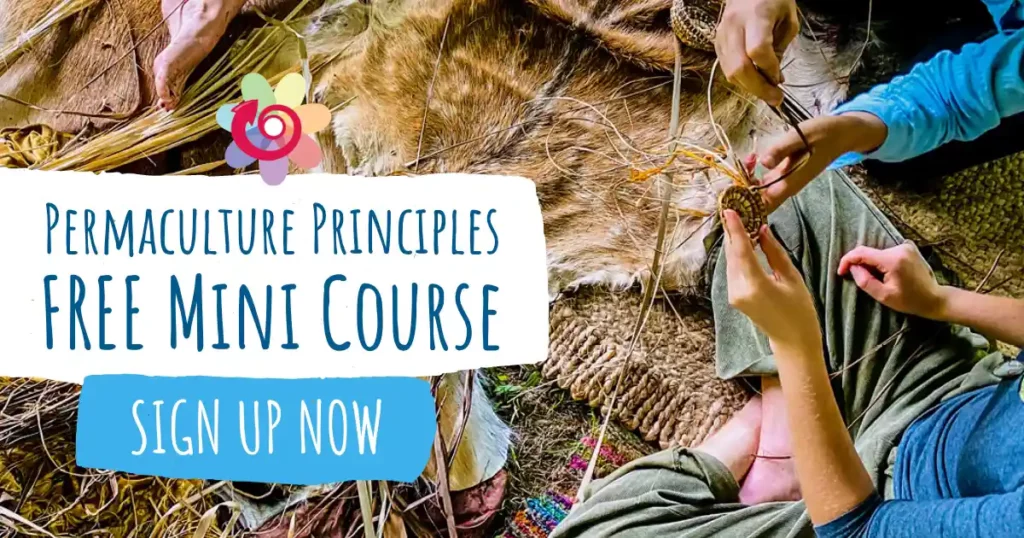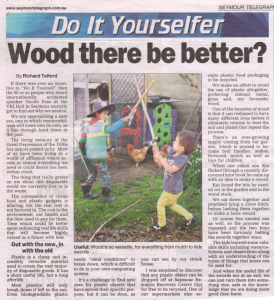
 Principle 5: Use & value renewable resources & services
Principle 5: Use & value renewable resources & services
Do It Yourselfer #2
We are approaching a new era, one in which resourcefulness will come into it’s own, as it has through hard times of the past.
The living memory of the Great Depression of the 1930’s has almost passed us by. Most of us have been living in a world of affluence where access to almost everything we need or could desire has been within reach.
The thing that really grates on me about this disposable world that we currently live in is the waste.
The convenience of cheap food and plastic gadgets is alluring, but the real cost is not factored in. The cost to the environment, our health and the time that is used to pay for them. Time which could be better spent enhancing real life skills that will become highly valued in a future with less.
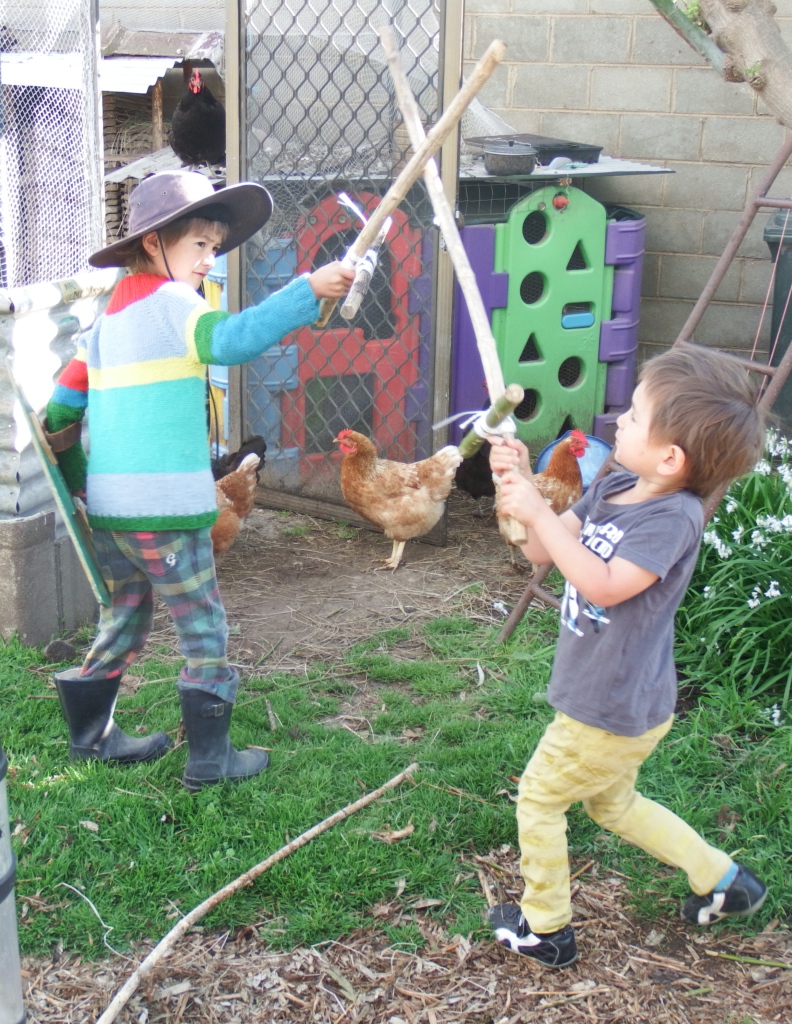
Out with the new in with the old
Plastic is cheap and incredibly versatile material that is used to create the vast majority of all disposable goods. It’s got a short useful life, but a very long afterlife. Most plastics will only break down if left in the sun, even biodegradable plastic needs ‘ideal conditions’ to break down which is difficult to do in your own composting system.[1]
It’s a challenge to find new uses for plastic objects that have served their specific purpose, but it can be done, as you can see by our chook house.
I was surprised to discover that any plastic object can be dropped off at the Seymour Resource Recovery Centre (Tip) for free to be recycled. One of our supermarkets also accepts plastic food packaging to be recycled that would normally end up in the bin.
We make an effort to avoid the use of plastic altogether, preferring instead metal, glass and my favourite, wood.
One of the beauties of wood is that it can reshaped to have many different lives before it ultimately returns to feed the soil and plants that repeat the process.
There’s a ever growing supply coming from our garden, which is pruned to become tool handles, stakes, firewood, mulch as well as toys for the kids.
When our eldest son Kai flicked through a recently discovered knot book he came up with an idea to make a sword.
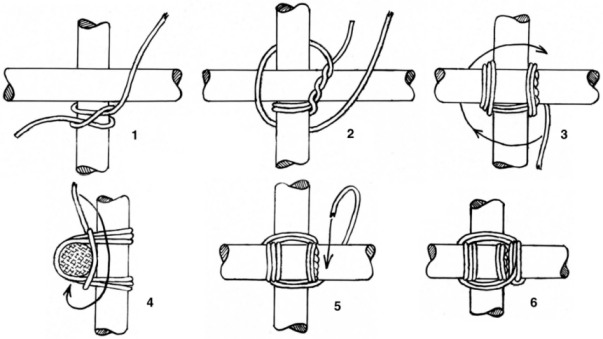
Kai found the bits he needed out in the garden and in the wood stack.
We sat down together and practiced tying a clove hitch, before lashing them together to make a basic sword. Of course Sen needed one as well, so the process was repeated and the two boys have been furiously belting the swords together since.
The kids learned some valuable skills including resourcefulness and observation along with an understanding of the types of things that knots can be used for.
And when the useful life of the swords are at an end, we can just turn them into something else safe in the knowledge that we are doing more good than harm.
Useful Links:
[1] How long does it take for plastics to biodegrade?
Find out more about Richard’s urban adventures at Abdallah House


